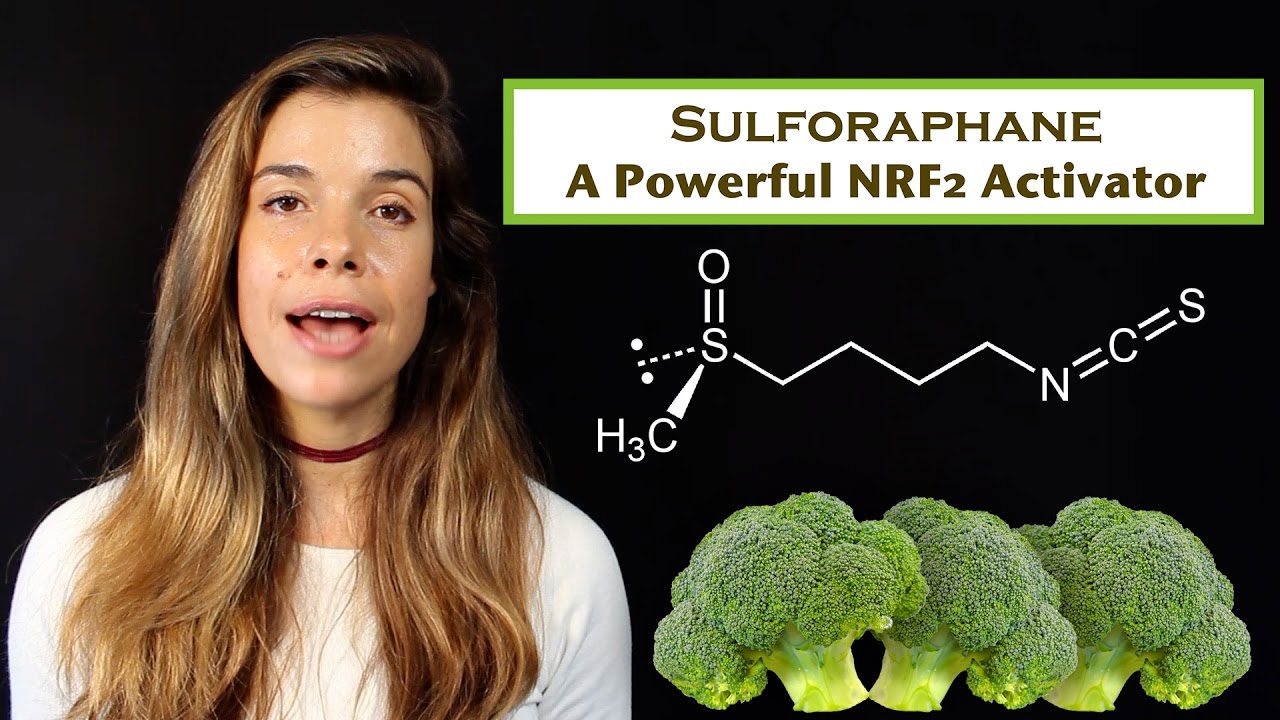Not PEMF or ICES but there is a lot of research that reports that sulforaphane, the beneficial chemical that is created when you crush or chew raw cruciferous veggies, keeps h.pylori at bay in your stomach. Broccoli sprouts, that you can grow at home for pretty cheap, have the highest concentration potential of creating sulforaphane. I’ve made them at home for years and while it’s kind of a pain to rinse them twice a day and make sure they don’t get bacterial growing in them, it’s worth figuring it out if you realize all the other things sulforaphane may be helpful for (some cancers, some neurodegenerative diseases, inflammation, autism even, etc). Just go to pubmed website above and type “sulforaphane” and see how much excitement there is in the research community over it. It only takes me 3-4 days from seed to edible sprout.
There are a number of videos on YouTube about how to sprout at home and interviews with one of the leading sulforaphane researchers. He’s quite humble. Dr. Jed Fahey. He has given some interviews on his research and has no commercial interests AFAIK.
There are supplement versions out there but even Dr. Fahey says there is only one he’s confirmed has the enzyme and precursor to make sulforaphane. I just don’t trust the pills to give me what they claim or enough to get the same effect as the fresh sprouts.
I suggest this intense research overview video about sulforaphane to learn more. For full disclosure, Dr. Rhonda Patrick might have a course or something she is selling–I forget-- but this video is just about the science.
I’m a new poster but long time reader. I’ll probably post my ICES experience soon.
 but for those with H.Pilori very interesting, research backed approach based on a natural antibiotic, sulforaphane, which is present in broccoli sprouts. For those interested:
but for those with H.Pilori very interesting, research backed approach based on a natural antibiotic, sulforaphane, which is present in broccoli sprouts. For those interested: 